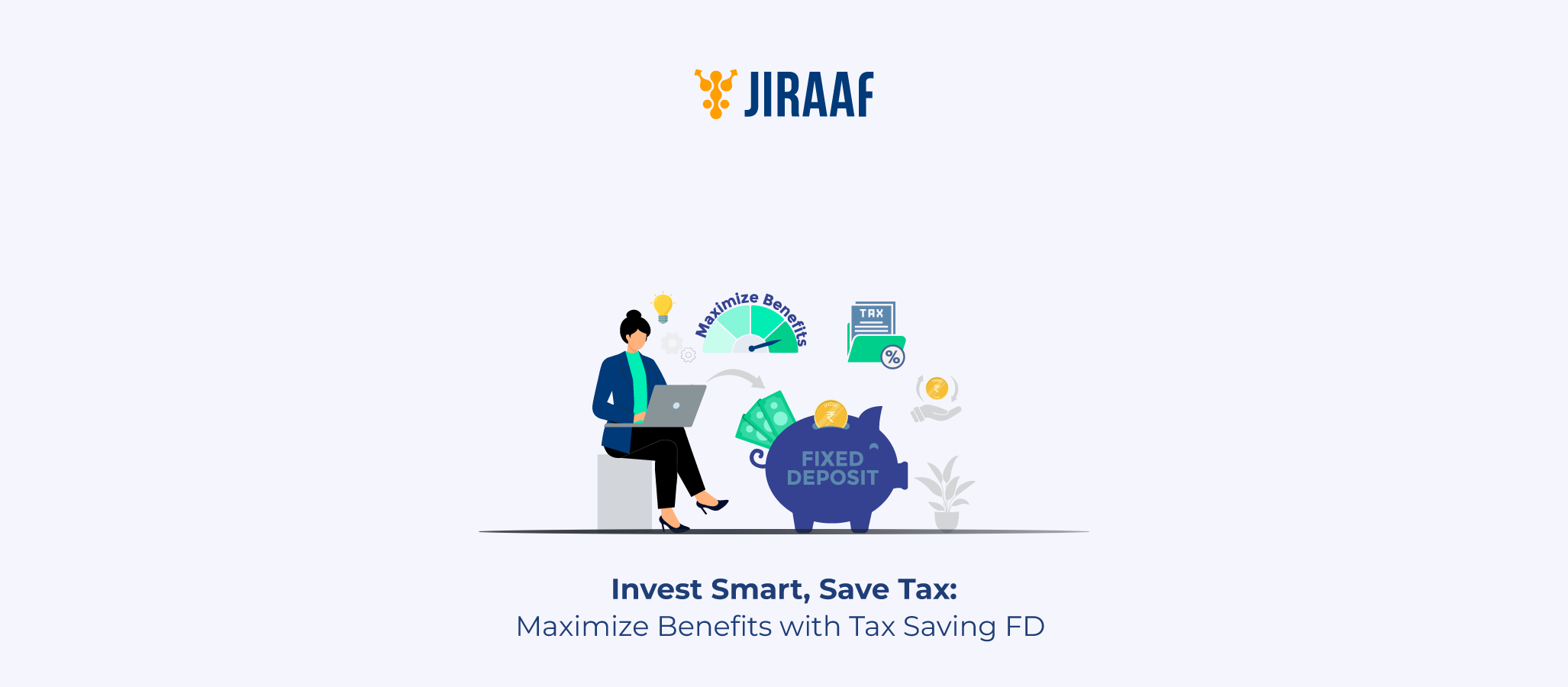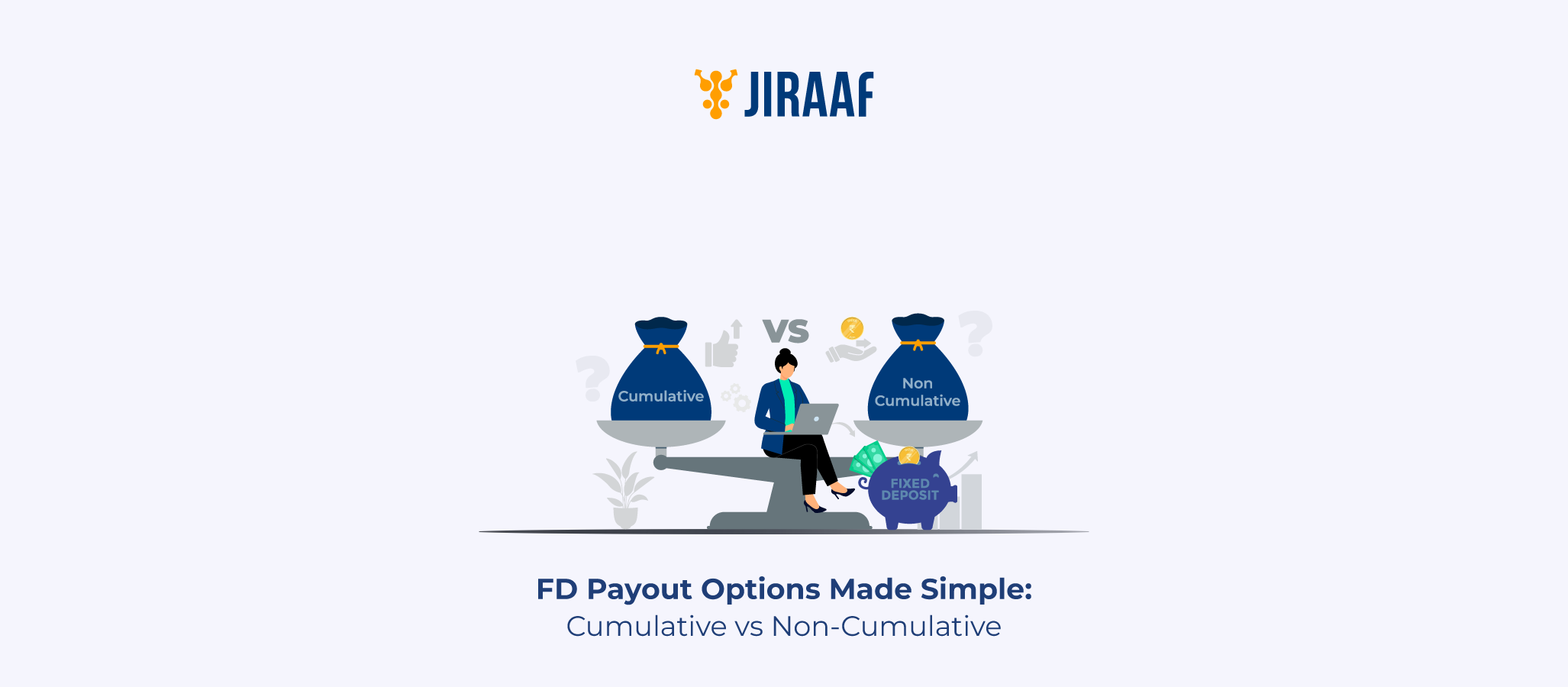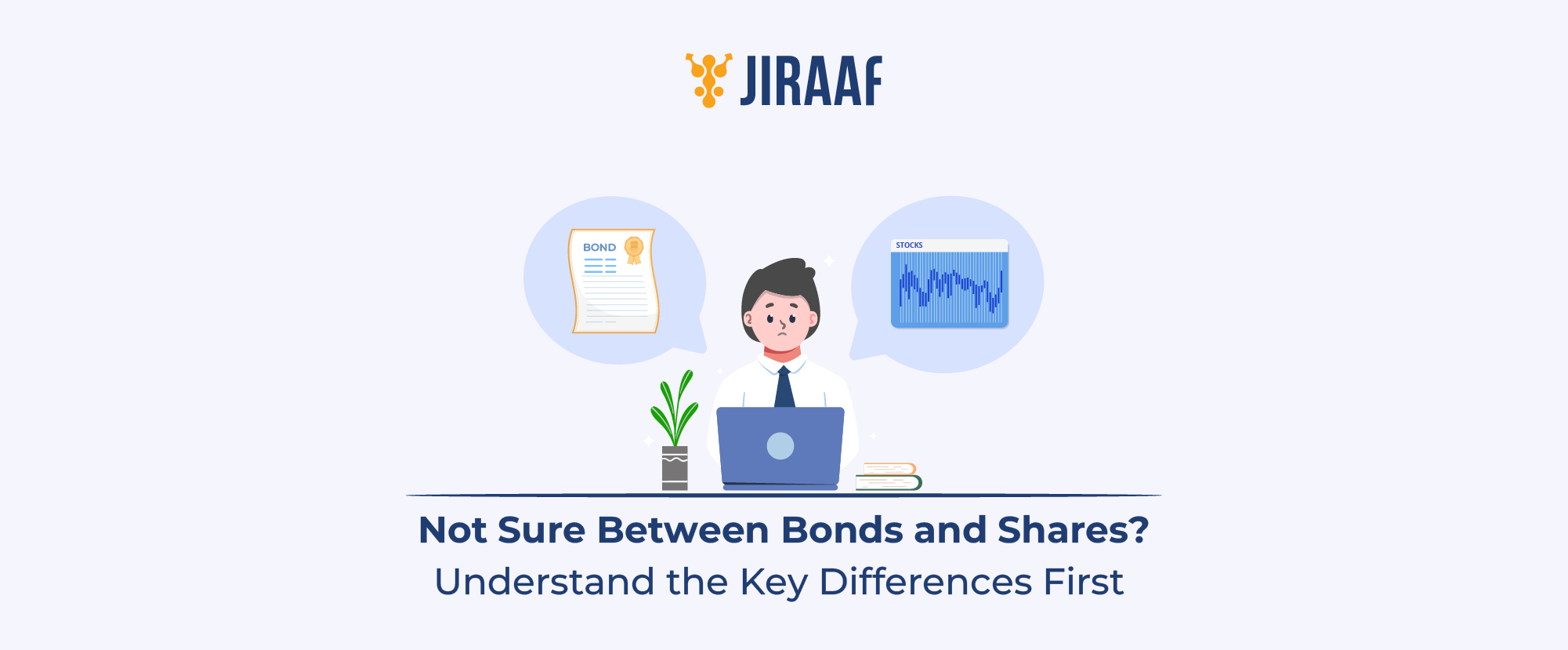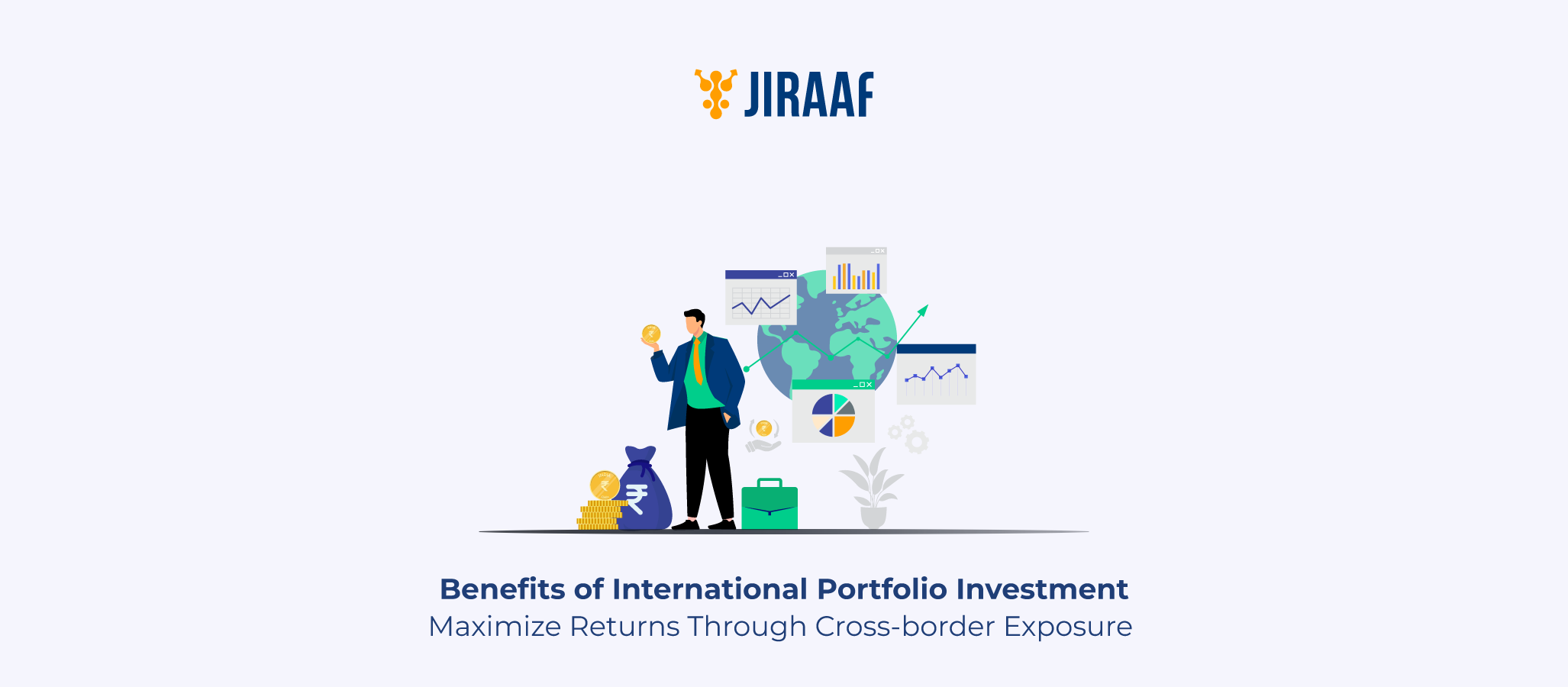You’ve spent time saving, setting aside small amounts until they added up to a solid ₹1 lakh. Now that the hard part is done, the focus naturally shifts—from building money to letting that money build something for you. And when you start looking for options that feel steady and predictable, fixed deposits usually become one of the first choices to evaluate.
In this blog, we break down how much monthly income a ₹1 lakh FD can generate at current rates, compare what major banks are offering as of November 2025, and help you understand where this corpus can earn the most with minimal risk.
How Much is the Interest on a ₹1 Lakh Fixed Deposit?
The amount you can receive on an FD every month depends on two key things: the interest rate your bank offers and the tenure you’re willing to lock your money for. Generally speaking, banks tend to reward longer tenures with higher rates, but that’s not a hard-and-fast rule.
Example calculation:
The average interest rates of 1-5-year tenure FDs range from 6.5 to 7.5%. Now assume you place ₹1,00,000 in a bank FD at 7% per annum, and the bank offers monthly interest payout.
- Annual interest = ₹1 00,000 × 7% = ₹7,000
- Monthly interest = ₹7,000 ÷ 12 = ≈ ₹583.33
If the payout is quarterly or annually, you’ll receive bigger sums less often. You can use Jiraaf’s FD calculator to model different rates and tenures.
Public Sector Undertaking (PSU) Banks and Their Interest Rates
PSU banks are the backbone of India’s traditional banking system. They are preferred for safety and reliability, especially among conservative investors.
Here’s how the leading PSUs are offering FD rates (as of November 2025):
| Bank | 1-year FDs | 3-year FDs | 5-year FDs | Senior Citizens (Avg.) |
| State Bank of India (SBI) | 6.25% | 6.30% | 6.05% | +0.50% |
| Bank of Baroda | 6.25% | 6.50% | 6.40% | +0.50% |
| Punjab National Bank | 6.25% | 6.40% | 6.25% | +0.50% |
| Union Bank of India | 6.40% | 6.60% | 6.40% | +0.50% |
| Canara Bank | 6.25% | 6.25% | 6.25% | +0.50% |
| Indian Bank | 6.10% | 6.25% | 6.00% | +0.50% |
| Bank of India | 6.25% | 6.25% | 6.00% | +0.50% |
| UCO Bank | 6.25% | 6.15% | 6.10% | +0.50% |
While PSU banks bring the comfort of trust, many investors today are exploring FDs from private and commercial banks for slightly higher yields without compromising too much on safety.
Commercial and Private Banks
Commercial banks, especially large private players, often provide competitive FD rates to attract retail investors. While the returns difference is usually limited to 0.25% to 0.5% per year, over time it can significantly affect your earnings.
| Bank | 1-year FDs | 3-year FDs | 5-year FDs | Senior Citizens (Avg.) |
| HDFC Bank | 6.25% | 6.45% | 6.40% | +0.50% |
| ICICI Bank | 6.25% | 6.60% | 6.60% | +0.50% |
| Axis Bank | 6.25% | 6.60% | 6.60% | +0.50% |
| IDFC FIRST Bank | 7.25% | 7.50% | 7.75% | +0.50% |
| Yes Bank | 6.30% | 7.00% | 7.00% | +0.50% |
| IndusInd Bank | 6.75% | 6.90% | 6.65% | +0.50% |
| Federal Bank | 6.25% | 6.70% | 6.50% | +0.50% |
| South Indian Bank | 6.60% | 6.20% | 6.20% | +0.50% |
Interestingly, smaller banks and NBFCs are now gaining attention for their even higher FD rates. Let’s see what they bring to the table.
NBFCs and Small Finance Banks
Small finance banks typically offer more attractive FD interest rates because they’re looking to grow their depositor base. While these deposits carry a marginally higher risk compared to traditional bank FDs, they still come with DICGC protection of up to ₹5 lakh per depositor, providing an added layer of security.
| Institution | 1-year FDs | 3-year FDs | 5-year FDs |
| AU Small Finance Bank | 6.25% | 7.10% | 6.75% |
| Utkarsh Small Finance Bank | 7.25% | 7.65% | 7.25% |
| Slice Small Finance Bank | 7.25% | 7.50% | 7.00% |
| Suryoday Small Finance Bank | 7.40% | 7.25% | 8.05% |
| Shivalik Small Finance Bank | 7.05% | 7.00% | 6.50% |
| Shriram Finance (NBFC) | 6.79% | 7.35% | 7.35% |
| Bajaj Finance (NBFC) | 6.75% | 6.95% | 6.95% |
If you’re looking to boost your fixed-income earnings, you can also explore Jiraaf’s high-yield FD options, which currently provide annualized returns of up to 8.5%.
Now that we’ve seen how different institutions stack up, it’s worth understanding what actually drives these differences in interest rates.
Factors Affecting FD Interest Rates
Several factors influence the interest rate you receive on your fixed deposit:
- RBI policy rates: Repo and reverse repo rates set by the RBI influence the overall cost of funds for banks. When these rates rise, banks often increase FD rates to attract deposits; when they fall, FD interest rates usually come down.
- Bank liquidity: If a bank has surplus liquidity, it doesn’t need to attract additional funds and may lower FD rates. Conversely, banks facing a liquidity shortage tend to offer higher rates to bring in more deposits.
- Tenure: Longer FD tenures generally offer better rates because banks can use the funds for an extended period. However, during uncertain economic phases, shorter tenures may sometimes offer higher rates as banks avoid long-term commitments.
- Type of institution: Small finance banks and NBFCs typically offer higher FD rates because they are actively building their deposit base. To remain competitive and attract customers, they price their FDs more aggressively than large, nationalized banks.
- Economic outlook: Expectations around inflation, growth, and market stability play a major role. When inflation is high, banks may increase rates to remain attractive; in a stable or low-inflation environment, FD rates tend to be lower.
- Payout frequency: Cumulative FDs compound the interest, allowing you to earn interest on interest—resulting in higher maturity amounts. Monthly or quarterly payout options give regular income but reduce the compounding effect, lowering the overall return.
Understanding these factors can help you choose the right FD—not just for returns, but also for the role it plays in your broader financial plan.
Conclusion
At first glance, the monthly interest from a ₹1 lakh FD may seem modest, especially if you choose a monthly payout option. But remember, when interest is compounded quarterly or annually, the total return over time can grow meaningfully.
If you’re investing for stability, FDs can help you with low-risk planning. However, always check the compounding frequency, tenure flexibility, and the institution’s credibility before committing. When in doubt, consult your bank or a financial advisor to align your FD choices with your goals.









